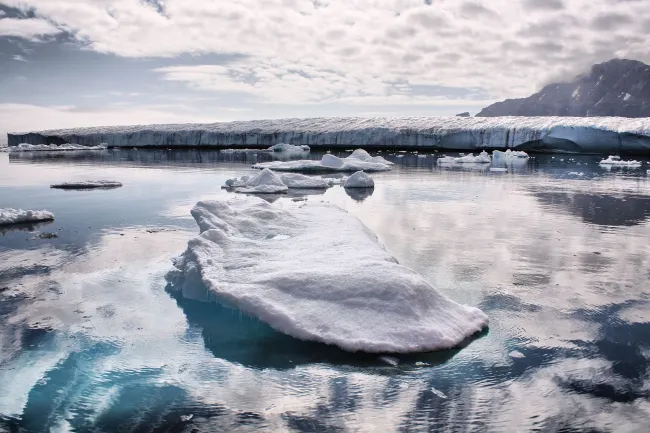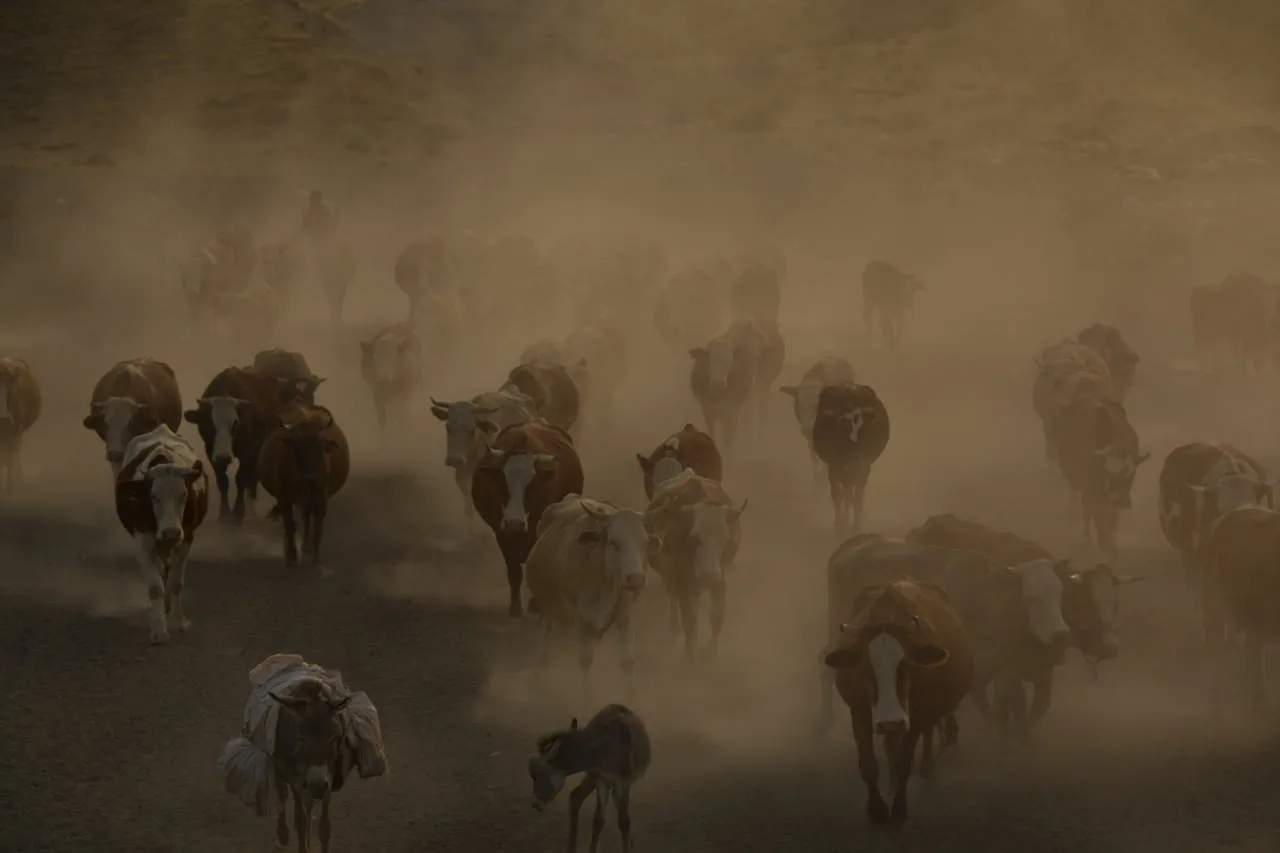This commentary reviews the evidence on climate tipping points - i.e. irreversible (on a human timescale) and abrupt shifts from one climate state to another - and concludes that several interlinked tipping points could be already active or very near to being triggered. Cutting emissions could still slow down the rate at which the tipping points operate, the authors argue.

The paper notes that current national commitments to cut greenhouse gas emissions, if implemented, are likely to lead to at least 3°C of warming, despite the Paris agreement’s goal of limiting warming to 2°C or preferably 1.5°C. However, the likelihood of tipping points being triggered below 3°C of warming means that warming should urgently be limited to 1.5°C, the authors argue, requiring an emergency response.
Specific tipping points discussed by the paper include:
- The Amundsen Sea in West Antarctica might have already passed a tipping point in that the line where ice, ocean and bedrock meet is retreating down a slope (which could speed up future ice loss by exposing more of the ice sheet to the ocean - see page 404 of the IPCC report on oceans and cryosphere for an illustration of why this system is unstable). This could cause the collapse of the West Antarctic Ice Sheet, leading to 3 metres of sea level rise over the next few centuries or millennia.
- The East Antarctic ice sheet could also be unstable, leading to 3 to 4 metres of sea level rise over a century.
- The melting of the Greenland ice sheet is speeding up - if it passes a tipping point, which could happen as soon as 2030 (at 1.5°C of warming), it could lead to 7 metres of sea level rise over thousands of years.
- Several sea ice tipping points could happen between 1.5°C and 2°C of warming; Arctic sea ice is already shrinking rapidly, amplifying local warming.
- A warming ocean has caused mass coral bleaching and the loss of half of shallow-water corals on Australia’s Great Barrier Reef. 99% of tropical corals would be lost at 2°C of warming, impacting marine biodiversity and human livelihoods.
- The Amazon rainforest could dry out and destabilise, releasing further carbon into the atmosphere, at somewhere between 20% and 40% of deforestation. 17% of the Amazon has been lost since 1970.
- North American boreal forests are experiencing more fires and insect disturbances because of warming, potentially leading to carbon release from these forests.
- Thawing permafrost in the Arctic is releasing methane and carbon dioxide.
- The Atlantic Meridional Overturning Circulation has slowed by 15% since the middle of the 20th century.
Beyond 1,200 parts per million of carbon dioxide in the atmosphere (compared to 411 ppm as of November 2019), the break-up of certain types of cloud could cause a jump of 8°C in warming.
The authors conclude:
“If damaging tipping cascades can occur and a global tipping point cannot be ruled out, then this is an existential threat to civilisation. No amount of economic cost–benefit analysis is going to help us. We need to change our approach to the climate problem… The stability and resilience of our planet is in peril. International action — not just words — must reflect this.”
Reference
Lenton, T. M., Rockström, J., Gaffney, O., Rahmstorf, S., Richardson, K., Steffen, W. and Schellnhuber, H. J. (2019). Climate tipping points — too risky to bet against, Nature 575, pp. 592-595.
Read the full paper here. See also the Foodsource resource What is the likely human impact? and the paper Trajectories of the Earth System in the Anthropocene.




Comments (0)